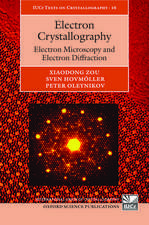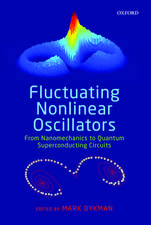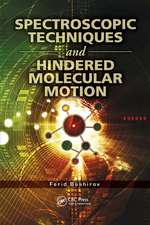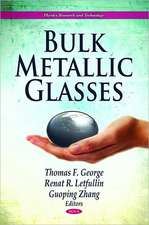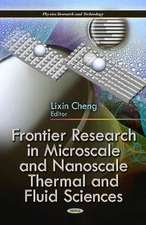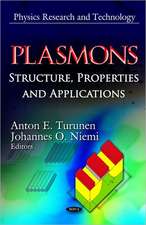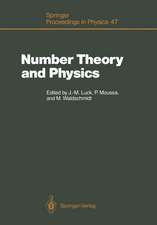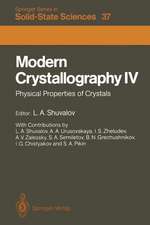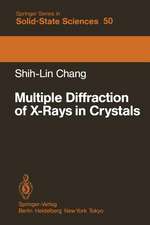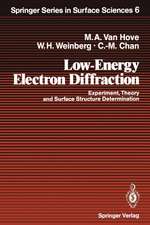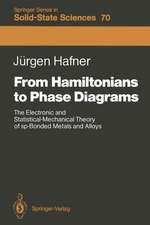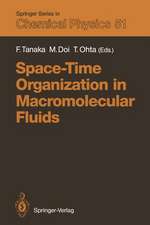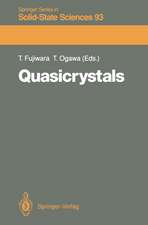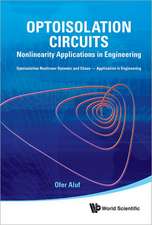Point Defects in Semiconductors II: Experimental Aspects: Springer Series in Solid-State Sciences, cartea 35
Autor J. Bourgoinen Limba Engleză Paperback – 8 dec 2011
Din seria Springer Series in Solid-State Sciences
- 18%
 Preț: 1225.94 lei
Preț: 1225.94 lei - 18%
 Preț: 1017.62 lei
Preț: 1017.62 lei - 15%
 Preț: 532.05 lei
Preț: 532.05 lei - 18%
 Preț: 944.51 lei
Preț: 944.51 lei -
 Preț: 541.47 lei
Preț: 541.47 lei - 18%
 Preț: 956.96 lei
Preț: 956.96 lei -
 Preț: 385.84 lei
Preț: 385.84 lei - 18%
 Preț: 1827.48 lei
Preț: 1827.48 lei - 15%
 Preț: 661.02 lei
Preț: 661.02 lei -
 Preț: 389.88 lei
Preț: 389.88 lei - 15%
 Preț: 639.59 lei
Preț: 639.59 lei - 15%
 Preț: 635.15 lei
Preț: 635.15 lei - 18%
 Preț: 896.21 lei
Preț: 896.21 lei - 15%
 Preț: 647.92 lei
Preț: 647.92 lei - 15%
 Preț: 651.34 lei
Preț: 651.34 lei - 18%
 Preț: 890.23 lei
Preț: 890.23 lei - 15%
 Preț: 640.55 lei
Preț: 640.55 lei - 15%
 Preț: 649.54 lei
Preț: 649.54 lei - 15%
 Preț: 645.60 lei
Preț: 645.60 lei - 15%
 Preț: 644.30 lei
Preț: 644.30 lei - 15%
 Preț: 653.79 lei
Preț: 653.79 lei - 18%
 Preț: 956.69 lei
Preț: 956.69 lei - 15%
 Preț: 637.59 lei
Preț: 637.59 lei - 23%
 Preț: 1043.42 lei
Preț: 1043.42 lei - 15%
 Preț: 639.08 lei
Preț: 639.08 lei - 15%
 Preț: 648.24 lei
Preț: 648.24 lei - 15%
 Preț: 637.46 lei
Preț: 637.46 lei - 15%
 Preț: 640.06 lei
Preț: 640.06 lei -
 Preț: 391.40 lei
Preț: 391.40 lei -
 Preț: 390.84 lei
Preț: 390.84 lei - 15%
 Preț: 638.57 lei
Preț: 638.57 lei - 18%
 Preț: 1006.06 lei
Preț: 1006.06 lei - 18%
 Preț: 730.79 lei
Preț: 730.79 lei - 15%
 Preț: 640.37 lei
Preț: 640.37 lei - 15%
 Preț: 643.65 lei
Preț: 643.65 lei - 18%
 Preț: 1231.01 lei
Preț: 1231.01 lei - 18%
 Preț: 950.21 lei
Preț: 950.21 lei - 15%
 Preț: 642.68 lei
Preț: 642.68 lei - 15%
 Preț: 640.55 lei
Preț: 640.55 lei - 18%
 Preț: 1229.10 lei
Preț: 1229.10 lei
Preț: 641.53 lei
Preț vechi: 754.74 lei
-15% Nou
Puncte Express: 962
Preț estimativ în valută:
122.76€ • 131.27$ • 102.35£
122.76€ • 131.27$ • 102.35£
Carte tipărită la comandă
Livrare economică 18 aprilie-02 mai
Preluare comenzi: 021 569.72.76
Specificații
ISBN-13: 9783642818349
ISBN-10: 364281834X
Pagini: 320
Ilustrații: XVI, 295 p.
Dimensiuni: 155 x 235 x 17 mm
Greutate: 0.45 kg
Ediția:Softcover reprint of the original 1st ed. 1983
Editura: Springer Berlin, Heidelberg
Colecția Springer
Seria Springer Series in Solid-State Sciences
Locul publicării:Berlin, Heidelberg, Germany
ISBN-10: 364281834X
Pagini: 320
Ilustrații: XVI, 295 p.
Dimensiuni: 155 x 235 x 17 mm
Greutate: 0.45 kg
Ediția:Softcover reprint of the original 1st ed. 1983
Editura: Springer Berlin, Heidelberg
Colecția Springer
Seria Springer Series in Solid-State Sciences
Locul publicării:Berlin, Heidelberg, Germany
Public țintă
ResearchCuprins
1. Introduction.- 2. Lattice Distortion and the Jahn-Teller Effect.- 2.1 The Electron-Phonon Interaction.- 2.2 Symmetry Considerations: The Stable Atomic Configurations.- 2.3 Coupled Electronic and Nuclear Motion: Vibronic States — Static and Dynamic Jahn-Teller Limits.- 2.4 The Vacancy in Silicon.- 3. Electron Paramagnetic Resonance.- 3.1 The Hamiltonian.- 3.2 Electronic Zeeman Interaction.- 3.3 Spin Orbit Coubling.- 3.4 Hyperfine Interaction.- 3.5 Nuclear Zeeman Interaction — Double Resonance.- 3.6 Spin-Spin Interaction. Fine Structure.- 3.7 EPR of Impurities and Vacancy — Impurity Pairs in Silicon.- 3.8 The Vacancy in Silicon.- 4. Optical Properties.- 4.1 Transition Probability.- 4.2 The Configuration Coordinate Diagram.- 4.3 Optical Line Shape and the Electron-Lattice Interaction.- 4.4 Optical Cross Section.- 4.5 An Example. The GR Absorption Band in Diamond.- 5. Electrical Properties.- 5.1 Carrier Distribution Between Bands and Defect Levels.- 5.2 Conduction in Case of Defect Interaction.- 5.3 Carrier Scattering.- 6. Carrier Emission and Recombination.- 6.1 Emission and Capture Rates.- 6.2 Experimental Observation of Emission Rates.- 6.3 Nonradiative Recombination Processes.- 6.4 Experimental Determination of Ionization Energies, Entropies and Cross Sections.- 6.5 Influence of the Electric Field on Emission Rates.- 7. Other Methods of Detection.- 7.1 Photoexcitation.- 7.2 Optical Detection of Paramagnetic Resonance.- 7.3 Direct Detection of Phonons.- 8. Defect Production by Irradiation.- 8.1 Interaction of Radiation with Solids.- 8.2 Defect Production.- 8.3 Defect Nature and Spatial Distribution.- 8.4 Experimental Determination of a Threshold Energy.- 8.5 Subthreshold Effects.- 9. Defect Annealing.- 9.1 Annealing Kinetics.- 9.2 Determination of the AnnealingParameters.- 9.3 Annealing of Defects Induced by Electron Irradiation.- References.


